Boiling octopus is a culinary art that demands precision, patience, and an understanding of the cephalopod’s unique biology. Achieving the ideal texture—tender yet resilient, with a melt-in-the-mouth quality—requires balancing cooking time, temperature, and pre-preparation techniques. This article delves into the science and practicality of boiling octopus, addressing variables like size, freshness, and cooking methods to help both home cooks and professional chefs master this delicate process.
The Science Behind Octopus Tenderness
Octopus meat is notoriously tough due to its high collagen content, a protein that firms up when heated. Collagen begins to break down at around 140°F (60°C), transforming into gelatin, which imparts tenderness. However, overcooking can reverse this process, causing the meat to become rubbery as the proteins seize and expel moisture. The challenge lies in cooking the octopus just long enough to denature the collagen without pushing it into the overcooked zone.
Factors Influencing Cooking Time
-
Size and Weight
The most critical factor is the octopus’s size. A small octopus (1–2 pounds/0.5–1 kg) may cook in 20–30 minutes, while a larger specimen (5–6 pounds/2.3–2.7 kg) could require 60–90 minutes. The thickness of the tentacles and head also matters; thicker sections retain heat longer, necessitating longer cooking. -
Freshness vs. Frozen
Fresh octopus often benefits from a preliminary freezing period. Freezing ruptures the meat’s cell walls, accelerating tenderization during cooking. If using frozen octopus, thaw it slowly in the refrigerator (24–48 hours) to maintain texture. -
Pre-Cooking Preparation
Some chefs advocate for tenderizing techniques like beating the octopus with a mallet or massaging it with salt. While effective, these methods can compromise the meat’s integrity. A simpler approach is to simmer the octopus in acidulated water (with lemon, vinegar, or wine) to help break down collagen.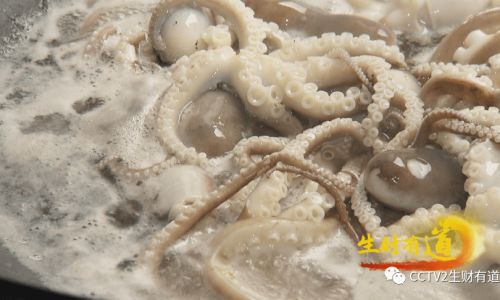
-
Altitude and Heat Source
High-altitude cooking may require longer times due to lower boiling points. Similarly, gas vs. electric stoves can affect heat consistency. Maintaining a gentle simmer (180–200°F/82–93°C) is ideal to avoid aggressive bubbling that toughens the meat.
Step-by-Step Boiling Guide
Cleaning and Prepping
- Rinse thoroughly under cold water to remove slime and debris.
- Remove the beak (the hard, cartilaginous mouthpiece) and eyes.
- Trim any viscera from the head cavity. Some recipes retain the ink sac for flavor, but this is optional.
Initial Blanching (Optional)
- Submerge the octopus in rapidly boiling water for 30 seconds, then transfer to an ice bath. This “shocking” method tightens the flesh, sealing in juices and reducing cooking time.
Simmering Technique
- Fill a large pot with water, adding aromatics like garlic, bay leaves, peppercorns, or herbs.
- Bring to a boil, then reduce to a simmer.
- Submerge the octopus and monitor the water temperature with a thermometer.
- Cook until tender, testing periodically by piercing the thickest part of a tentacle with a knife. It should glide in with minimal resistance.
Ice Bath Shock
- Immediately transfer the cooked octopus to an ice bath to halt cooking. This step is crucial for preserving tenderness and preventing overcooking.
Cooking Time Chart
| Octopus Size | Boiling Time (Minutes) |
|---|---|
| 1 pound (0.5 kg) | 20–30 |
| 2 pounds (1 kg) | 30–45 |
| 3–4 pounds (1.4–1.8 kg) | 45–60 |
| 5+ pounds (2.3+ kg) | 60–90 |
Note: Adjust times based on stove strength and pot size. A covered pot retains heat better but may accelerate cooking.
Advanced Techniques for Perfect Texture
-
Pressure Cooking
A pressure cooker reduces cooking time by 30–50%, tenderizing the meat in 15–25 minutes (depending on size). Release pressure naturally to avoid shocking the meat. -
Sous-Vide Method
Vacuum-seal the octopus with olive oil, garlic, and herbs, then cook at 176°F (80°C) for 4–6 hours. This method ensures even tenderness but requires specialized equipment.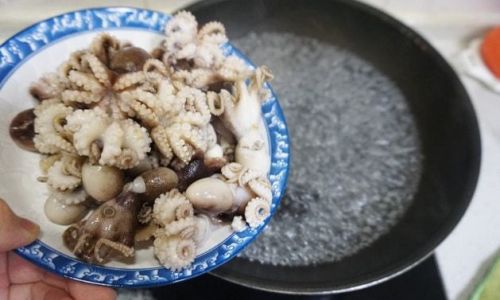
-
Grilling Post-Boiling
After boiling, char the octopus on a hot grill for 2–3 minutes per side. This adds smokiness and caramelization without drying out the meat.
Testing Doneness: The Toothpick Test
The most reliable way to check doneness is by inserting a toothpick or skewer into the thickest part of the tentacle:
- Undercooked: Resistance, like piercing a rubber ball.
- Perfect: Smooth insertion with slight give.
- Overcooked: Mushy texture, indicating collagen breakdown.
Common Mistakes and Solutions
-
Rubbery Texture
Cause: Overcooking or high heat.
Fix: Reduce cooking time by 10–15 minutes and maintain a gentle simmer. -
Chewy Center
Cause: Insufficient cooking.
Fix: Extend time in 5-minute increments, testing frequently.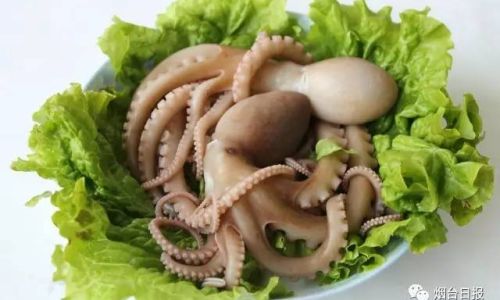
-
Uneven Cooking
Cause: Irregular thickness or crowded pot.
Fix: Cut the octopus into uniform pieces or use a larger pot.
Cultural Variations in Boiling Octopus
- Greek Style (Htapodi Kokkinisto): Simmer with tomato sauce, onions, and red wine.
- Japanese (Takoyaki): Boil until tender, then dice and stuff into batter balls.
- Spanish (Pulpo a la Gallega): Boil, slice, and serve with paprika, olive oil, and sea salt.
Storage and Reheating
- Refrigerate cooked octopus in an airtight container for up to 3 days.
- Reheat gently in a low-oven (250°F/120°C) or in a covered pan with a splash of water to prevent drying.
Conclusion
Mastering the art of boiling octopus hinges on understanding the interplay between time, temperature, and texture. Whether you prefer the simplicity of a Mediterranean-style boil or the complexity of a sous-vide preparation, the key is patience and precision. By adhering to the guidelines outlined here—and adapting them to your equipment and preferences—you can transform this often-intimidating ingredient into a culinary masterpiece. Remember: the perfect octopus is not rushed, but earned through mindful cooking and a willingness to experiment.
Final Tip: For the ultimate tenderness, some chefs swear by the “three-boil” method: briefly boiling the octopus, refreshing it in cold water, and repeating the process twice more. This technique, though time-consuming, guarantees a silken texture that elevates any dish.

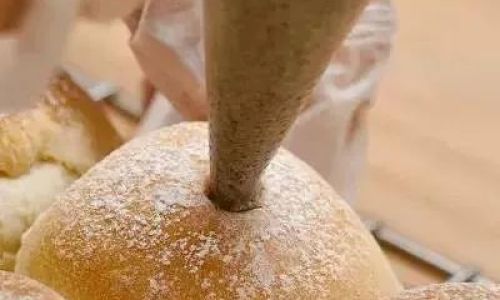
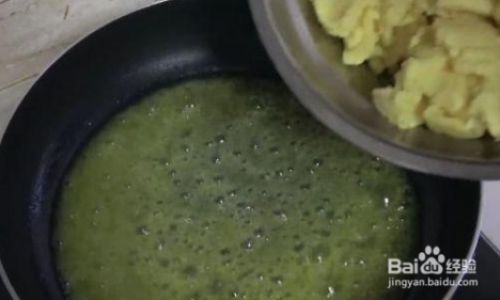
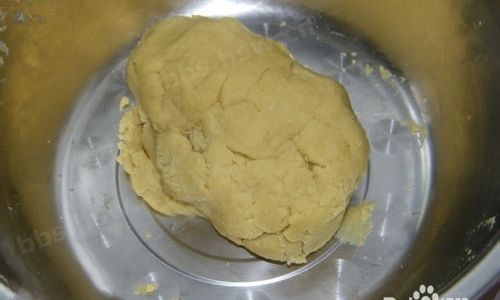
0 comments